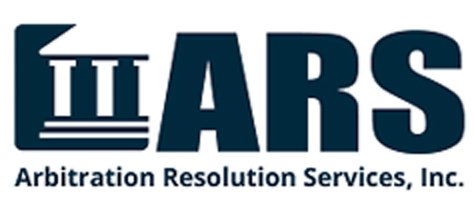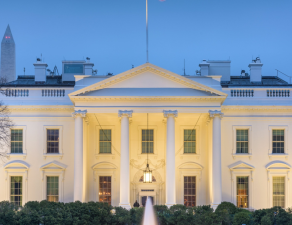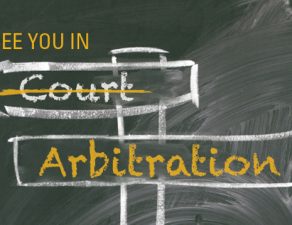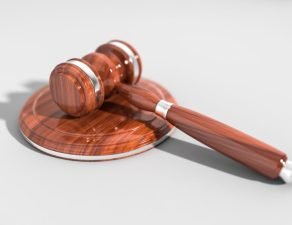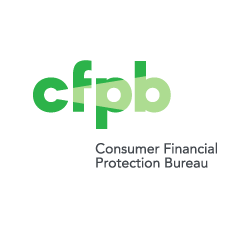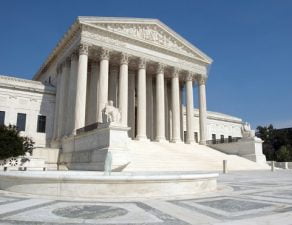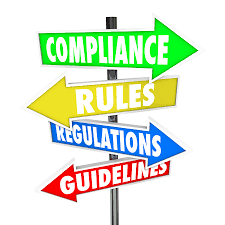
Arbitration organizations have traditionally had an array of conventions in place to further their efforts in sustaining confidence by those using their process. Some of these can include Standards of Conduct; Neutrality Statements and even Codes of Ethics. Each arbitration provider establishing those which they think paramount for both their Arbitrators and their clients benefit. Along these lines can also be Arbitrator Protocols to address components of cases they know their Arbitrators will hear. Some might view these simply as Guidelines to provide direction pertaining to the subject area of dispute.
The benefits of Protocols on Damages can really be three-fold as they relate to Award determinations and how Damages will be evaluated:
1.) encouraging issuance of a Reasoned Award that provides insight into how the Arbitrator arrived at their decision and on which Proofs they relied.
2.) urging an Award that avoids any compromise and is not based on anything other than the merits of the case.
3.) fostering explanation by the Arbitrator on the degree to which he or she relied on (accepted or rejected ) a parties Theory and/or Damages presentation.
If an advocate presenting a case where Damages were being challenged knew some of the Protocols put in place to achieve these three core benefits … might that assist them in developing their argument ? Absolutely, and that leads us to some of the guidance parties can glean from this discussion. We know that in subrogation arbitration it is the Respondent who will likely raise the issue of contested Damages. Not that the Applicant might not bring it up but the initiator is generally going to be the Respondent. Next up we’ll have insight on fundamental Arbitrator Protocols on Damages ~~
Case Presentation 101 is produced by Claims Resource Services; one of the nations top arbitration and subrogation services firms. The writer Kevin Pike can be reached at kpike@claimsresource.com and has daily tips on arbitration via Twitter: @Arb2Win
